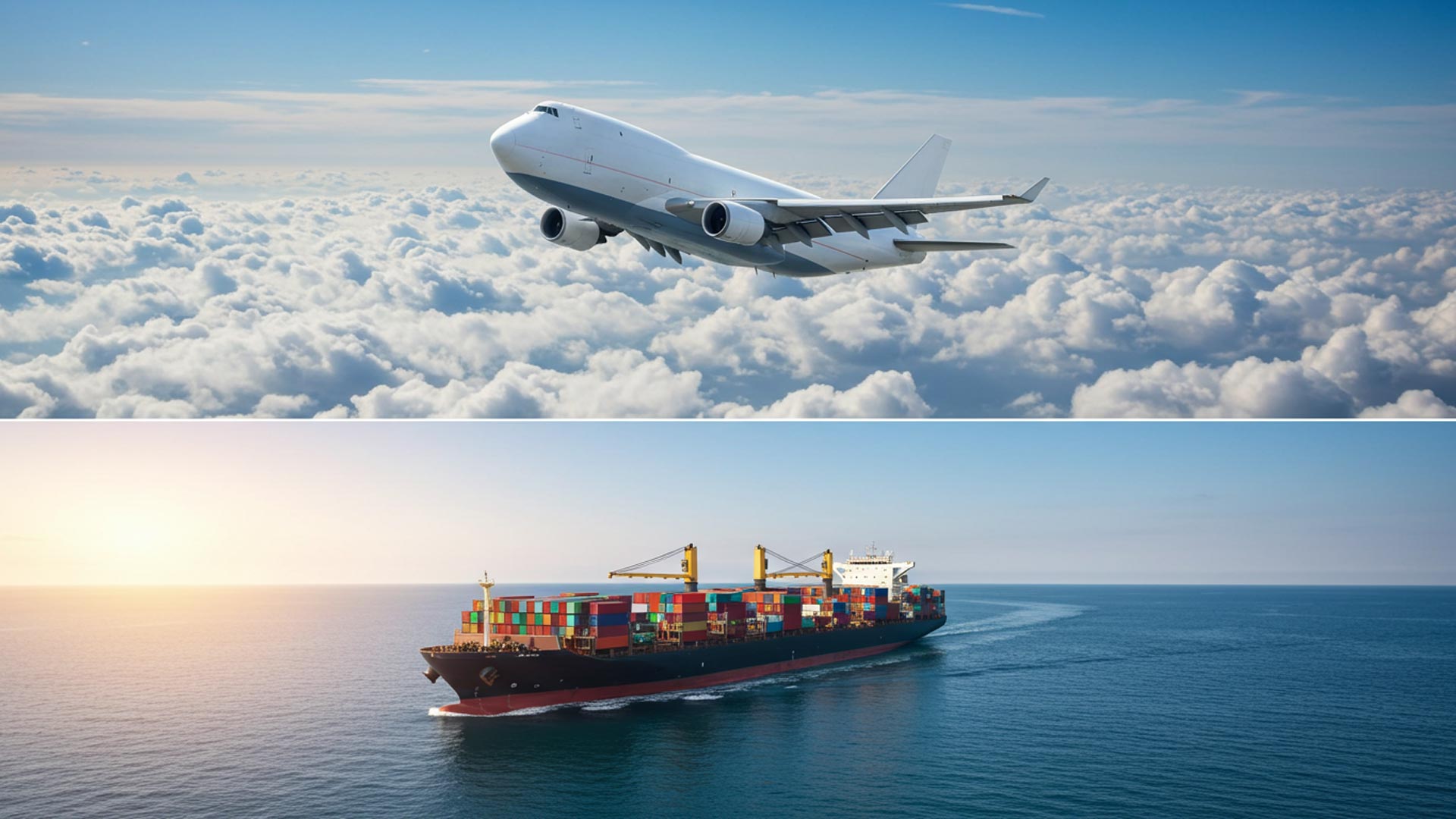When it comes to international shipping, choosing the right transportation method can significantly impact your
costs, speed, and reliability. Two of the most popular options are
air freight and sea freight—but how do you decide which one suits your business best?
In this guide, we break down the key differences,
pros and cons, and real-world applications to help you choose the most effective shipping solution.
1. Speed: Air Freight Wins the Race
If time is your top priority,
air freight is the clear winner.
- Delivery times range from 1 to 5 days, making it ideal for urgent shipments.
- Airlines offer frequent, scheduled flights—helping you meet tight deadlines.
- Great for seasonal products, perishable goods, and high-demand inventory.
However, that speed comes at a higher cost.
2. Cost: Sea Freight Is Budget-Friendly
Sea freight is significantly cheaper, especially for
large or heavy shipments.
- Cost is calculated by container size (20ft, 40ft) or weight (LCL/FCL).
- Ideal for bulk goods, raw materials, and non-urgent cargo.
- Though it takes 2–6 weeks, the cost savings are substantial for long-haul trade.
But be prepared for customs delays and port handling fees.
3. Cargo Type: What Are You Shipping?
- Air freight is best for:
- Electronics
- Pharmaceuticals
- Fashion and fast-moving consumer goods
- Sea freight is best for:
- Furniture
- Machinery
- Raw materials
- Dangerous goods (with proper documentation)
Certain goods, like
fragile electronics, may require the controlled environment air freight provides.
4. Documentation & Customs
Both air and sea freight require:
- Commercial invoice
- Packing list
- Bill of lading (for sea) / Airway bill (for air)
- Import/export permits (if needed)
- Customs declarations
💡
Tip: Air freight usually experiences
fewer delays during customs clearance, while sea freight may involve more steps and port inspections.
5. Environmental Impact
From a sustainability standpoint:
- Sea freight has a lower carbon footprint per ton than air freight.
- However, air freight is improving with newer, fuel-efficient aircraft.
- Businesses focused on green logistics often prefer sea freight when possible.
Comparison Table
Conclusion: Choose What Matches Your Priorities
When deciding between
air freight vs sea freight, consider:
- Time sensitivity
- Budget constraints
- Type and volume of goods
- Environmental policies
For fast, lightweight shipments,
air freight is the go-to. For cost-effective transport of bulk goods,
sea freight is unbeatable.
🚚 Need Help Choosing the Right Freight Option?
At
Loop Trade, we analyze your logistics needs and recommend the best shipping method for your business. Whether by air or sea, we handle everything from pickup to final delivery—on time and with full transparency.
Toll Free Customer Care
(+90) 533 073 22 36
Have a question?
[email protected]


Hi, this is a comment.
To get started with moderating, editing, and deleting comments, please visit the Comments screen in the dashboard.
Commenter avatars come from Gravatar.